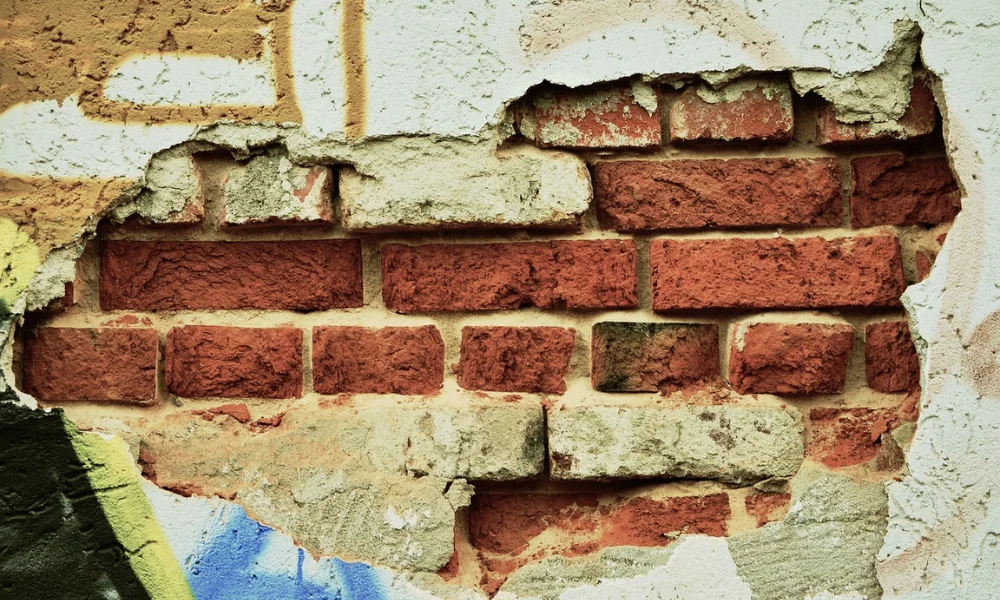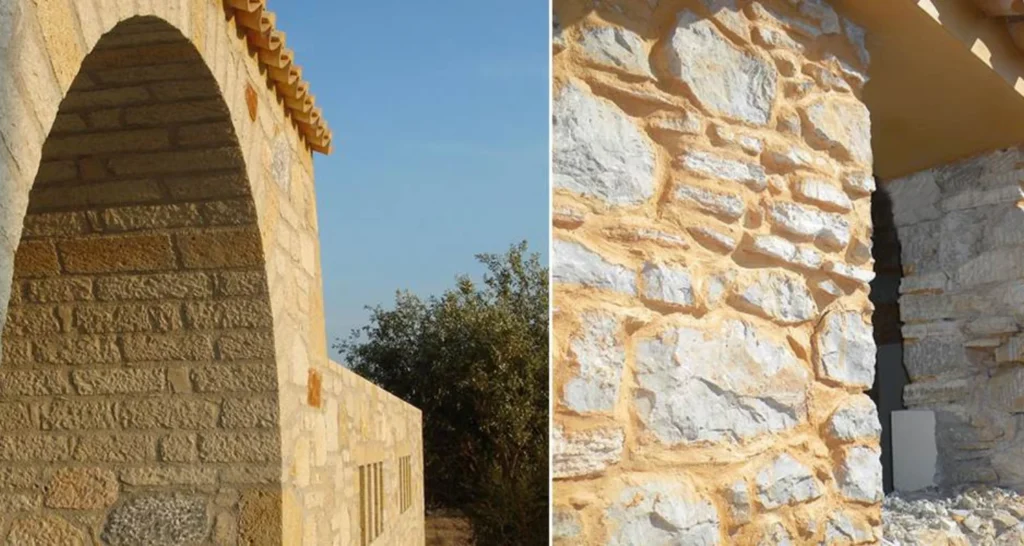Stone crystallization
Advanced Methods for Renewal and Protection of Your Stone Surfaces
A process in which stone surfaces are treated to restore their shine and durability. This method strengthens the stone and makes it more resistant to wear and stains.
Stone Crystallization: Reinforcement and Protection of Stone Surfaces
A professional treatment to improve and extend the life of stone surfaces such as marble, terrazzo and limestone. Through crystallization, the stone is restored to its original condition, with increased shine and resistance to stains and wear. It is an ideal solution to maintain and protect stone materials in long-term use.

What is rock crystallization?
Stone crystallization is a specialized technique that aims to improve both the appearance and durability of different types of stone materials, including terazzo, limestone and marble. This process involves a combination of chemical and physical methods to optimize the surface of the stone, giving it a higher gloss and increased resistance to damage.
Rock crystallization changes the structure of the rock at the molecular level. When crystallization occurs, specific chemical solutions are used that interact with the minerals in the stone. This leads to the formation of a new, more resistant surface layer, while preserving the natural beauty and texture of the stone. The effectiveness of stone crystallization varies depending on the specific material. Terazzo, which is a composite stone containing both cement and aggregates, can benefit greatly from this technique to achieve a durable and glossy surface.
Limestone, on the other hand, is a more porous material that can also be enhanced by stone crystallization, but it requires special attention around the choice of chemical products to avoid overtreatment. Marble, known for its elegant patterns and finishes, is another type of stone that can be given a whole new life through stone crystallization. This process addresses surface changes and repeated damage, ensuring that the marble remains both aesthetically pleasing and durable over time.
Overall, stone crystallization is an invaluable process in stone treatment, and it offers both visual and practical benefits to the materials it is applied to.
Want to start a project with us?
Get in touch today and we'll make your vision a reality. Contact us now, and together we will take the first step towards creating something amazing!
Types of stones that can be crystallized
Stone crystallization is a process that transforms and enhances the appearance of different types of natural stone. Within this category, terazzo, limestone and marble are the most prominent examples, and each stone has its own unique characteristics that influence the crystallization process.
Terazzo is a composite stone made up of small chips or splinters of marble, glass or other materials, usually bonded together with cement or resin. Its versatility makes terazzo popular in both flooring and countertops, providing an aesthetically pleasing surface. When crystallizing terazzo, the different material components contribute to a wonderful shimmering effect, making the surface more durable and easier to clean. Aesthetic benefits include the ability to create unique patterns and colors that can really elevate a room.
Limestone is a sedimentary rock, usually formed from minerals and the deposits of organisms. It has a softer texture than marble, making it more susceptible to scratches and damage. But limestone's surface, when crystallized, can achieve a shine that enhances its natural beauty. Crystallizing limestone refines its surface finish, giving it a more elegant and sophisticated look. Its health benefits include its ability to absorb moisture and improve indoor climate.
Marble, on the other hand, is a metamorphic rock formed from limestone under high pressure and temperature. Marble has long been a favorite in architecture and sculpture because of its beauty and strength. When marble is crystallized, its natural veins and colours are brought out, giving it a luxurious and timeless feel. Aesthetically, marble adds a sense of elegance, and its health benefits may be related to how it can counteract bacterial growth when kept in good condition.
The process of stone crystallization
Stone crystallization is a technical process aimed at restoring and improving the surface of hard stones such as terrazzo, limestone and marble. To carry out this process, careful preparation and specific tools and products are required. The first phase involves preparing the surface by cleaning it thoroughly. It is important to remove dirt, dust and other contaminants that may affect the outcome of the stone crystallization. A thorough cleaning with appropriate cleaning agents is required to ensure that the surface is free of all types of deposits.
The next step in the process involves choosing the right tools and products. Stone crystallization can be done using a polishing machine, which is equipped with different types of polishing wheels depending on the hardness of the stone and the desired end result. In addition, stone crystallization products are used, which are specially formulated to penetrate the surface of the stone and create a protective shine. It is crucial to read and follow the manufacturer's instructions to achieve the best possible results.
The process then continues with the application of these products. While the machine is working, it creates friction that generates heat and activates chemical reactions in the products. After the product has been applied, it is important to polish the surface until it achieves the desired shine. Practice cases show that, for example, marble surfaces have been dramatically improved by proper stone crystallization, leading to increased visual appeal and longer durability. By carefully following these steps, an efficient and durable stone crystallization can be achieved, providing a stunning finish to various types of stone surface work.
Benefits and maintenance of crystallized stones
Stone crystallization is a technique that offers a range of benefits for both aesthetics and functionality when it comes to materials such as terrazzo, limestone and marble. One of the most prominent benefits is the increase in durability that these stones experience through the crystallization process. By sealing the pores and creating a hard surface, the stone becomes more resistant to wear, scratches and stains. This is particularly important in high-traffic areas, such as commercial spaces and entrances, where floor surfaces are subjected to daily wear and tear.
Another significant advantage of stone crystallization is the easier cleaning that comes with the glossy surface. Since dirt and debris have a harder time adhering to the smooth surface, maintenance requires significantly less time and effort. Regular maintenance creates a hygienic environment, which is particularly beneficial for public places where cleanliness is crucial.
Aesthetically, crystallized stones enhance the visual impression of a space. The shiny surface enhances the colors and patterns of the stone, reflecting light in a pleasing way. This contributes not only to an impressive atmosphere but also to an increase in property value. To ensure a long lifespan and maintained beauty, it is important to follow specific maintenance routines. It is recommended to regularly clean the surface with appropriate detergents and avoid acidic products that can damage the finish. In addition, consideration should be given to re-crystallizing the surfaces at regular intervals to preserve the optimum gloss and protection.

Care and Maintenance of Crystallized Stones
The care and maintenance of crystallized stones, such as terrazzo, limestone and marble, is essential to preserve their aesthetic and structural properties over time. Proper care can maximize the longevity and beauty of these surfaces, whether in private homes or commercial spaces. One of the most crucial aspects of maintenance is cleaning, which should be done using appropriate methods to avoid damage.
For daily cleaning, it is recommended to use a soft brush or a microfiber cloth together with a mild detergent. It is important to avoid acid-based or abrasive cleaners, as these can damage the crystallized surface. A mixture of warm water and a neutral soap is often sufficient to remove dirt and stains. It is also good to ensure that the floor is free of debris and dirt that can cause scratches.
For more thorough cleaning, professional stone polishing and crystallization services can be valuable.These works help to restore the shine of marble and limestone, making them look new again.However, it is important not to overuse these services, as too frequent polishing can lead to unwanted damage.
The frequency of necessary maintenance measures will vary depending on the specific use of the space where stones are used. In commercial settings, it may be necessary to carry out professional cleaning and treatment more frequently, perhaps every quarter or six months, while households can get by with annual inspections.Over time, proper care will help ensure that crystallized stones remain beautiful and durable, providing both function and aesthetics.



